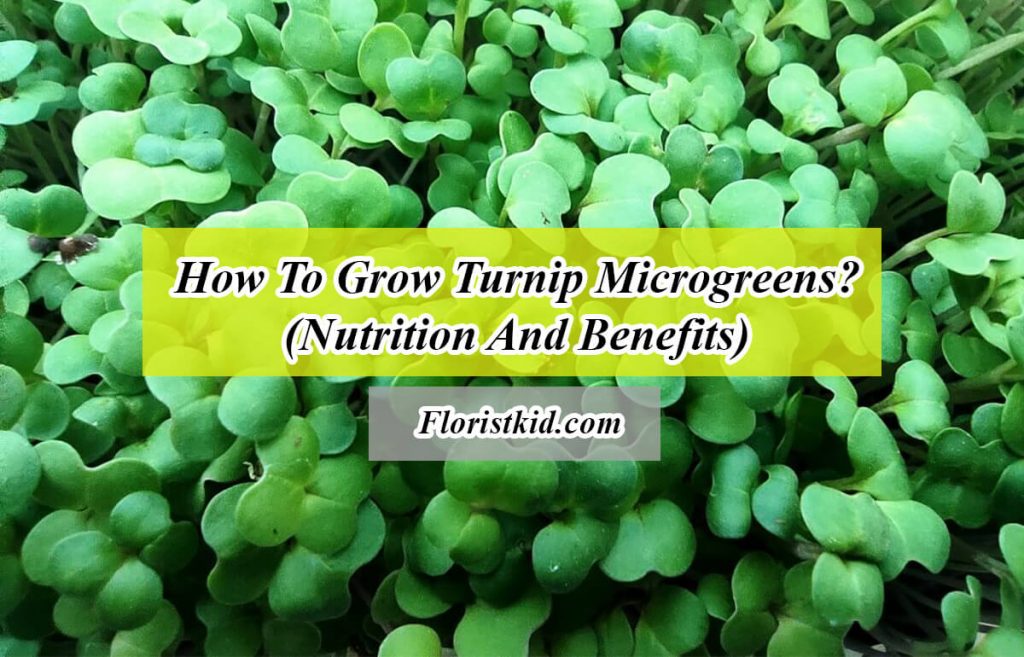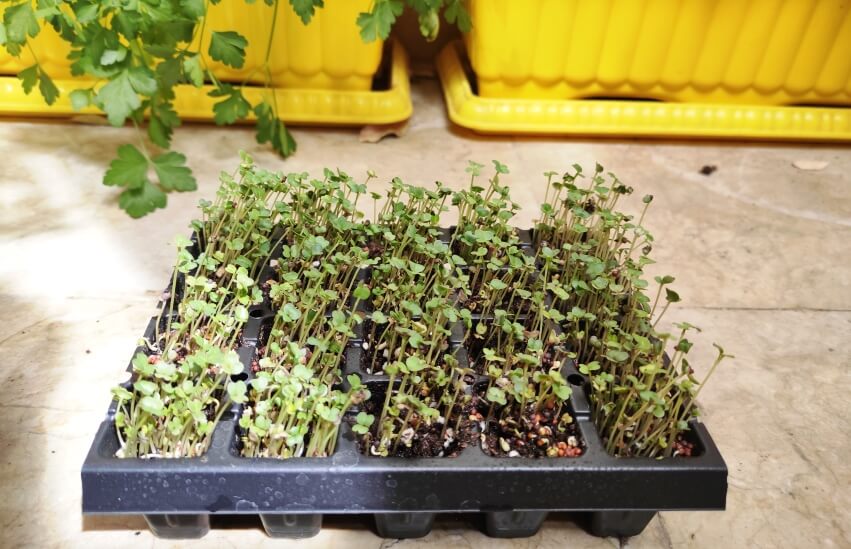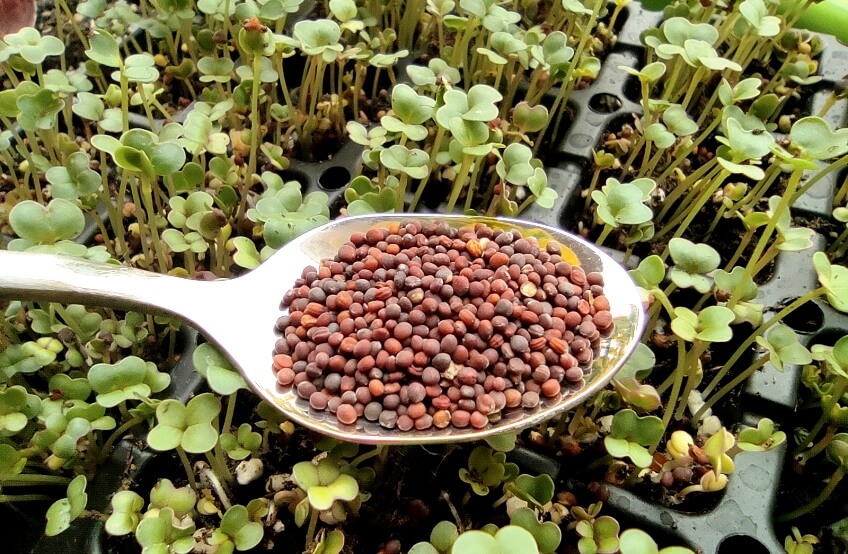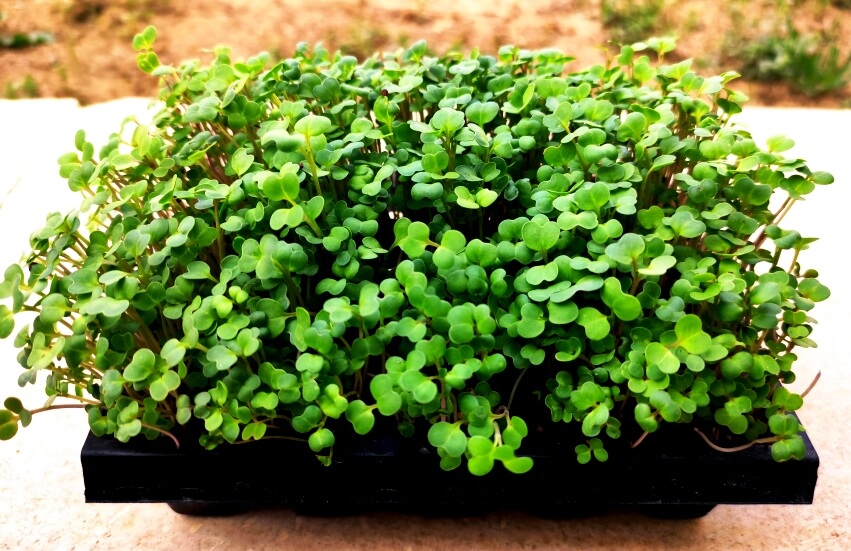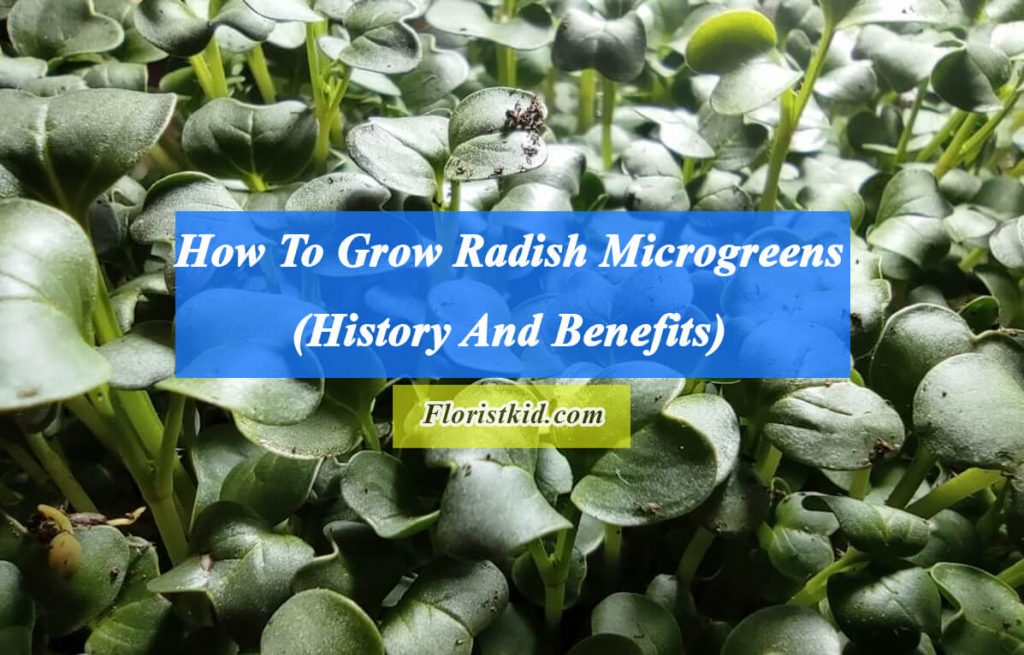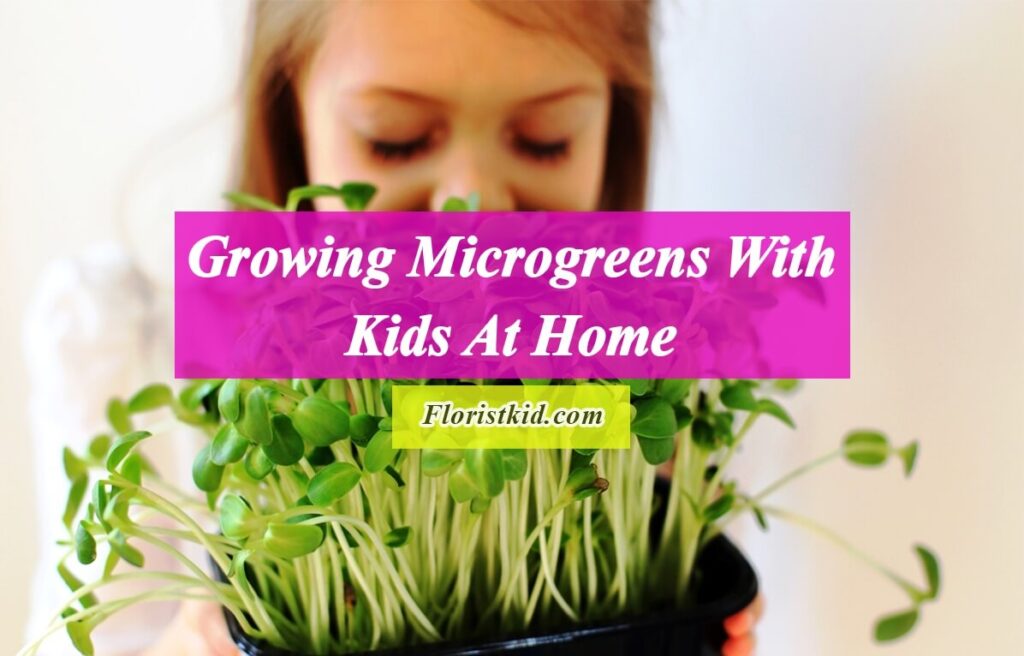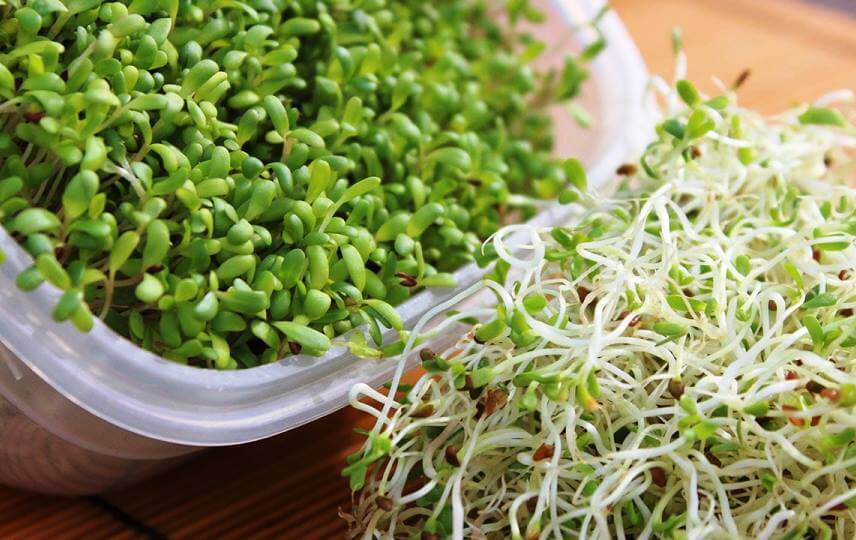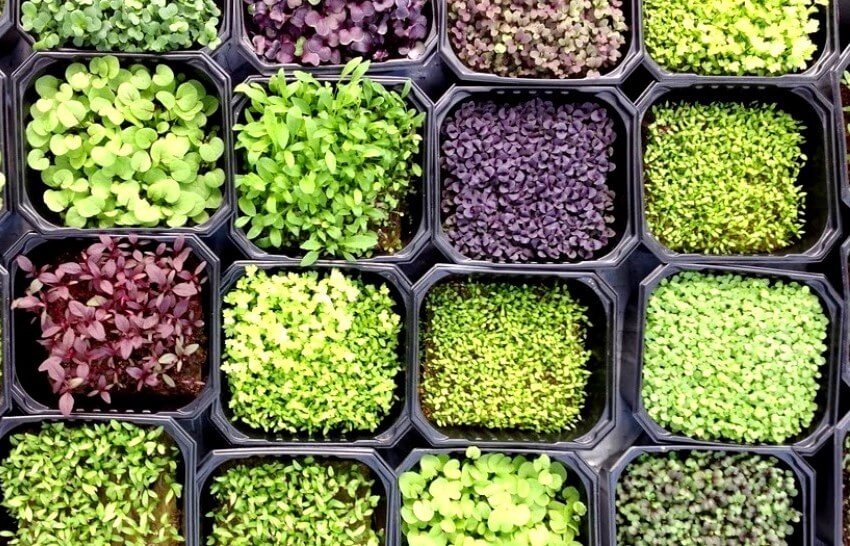If Like to know more about microgreens, check these articles:
<<What Are Microgreens >> and <<Microgreen’s benefits>>
Turnip microgreens
Turnip is another vegetable seed that may be grown as a micro plant and has a mild, sweet, cabbage-like flavor. It is a low-maintenance, high-nutrient microgreen. Unfortunately, unlike other common microgreens such as corn, alfalfa, radish basil, and mustard microgreens, this magnificent micro plant is not well-known.
Turnip microgreens overview
| Family | Brassicaceae |
| Recommended Varieties | Topper, Shogoin, Seven Top and All top |
| Nutrition | Vitamin A, Vitamin C, Vitamin E, Vitamin K, Folate, Magnesium, Phosphorous, potassium and Sodium |
| Average days to germinate | 2 to 3 days |
| Average days to harvest (after germination) | 8 to 10 days |
| Difficulty | Easy |
Turnip microgreen nutrition
Both the roots and the leaves of turnips are high in vitamin C, which protects your body from free radical damage when quantities of these molecules in your body get too high.
Furthermore, turnip microgreens are high in fat-soluble vitamins K and A, which are better absorbed by the body when ingested with lipids. Vitamin K functions as a clotting agent, which helps prevent excessive bleeding. Vitamin A is also necessary for the health of the eyes, skin, and lungs.
Folate is also abundant in turnip microgreens, which aids in the synthesis of red blood cells and prevents developmental abnormalities in fetuses.
Mineral elements such as calcium, magnesium, phosphorus, potassium, and sodium are also present in these microgreens. There are 57 mg of calcium, 32 mg of magnesium, 61 mg of phosphorus, 341 mg of potassium, and 26 mg of sodium in 100 grams of turnip microgreens. (source: Brassicaceae varieties mineral contents)
Note: Turnips and all cabbage family members have a compound that might interact with the thyroid gland, resulting in hypothyroidism (low thyroid function). Consult your doctor about putting turnip microgreens in your diet if you have hypothyroidism.
How to grow turnip microgreens
It takes 2 to 3 days for turnip microgreens to germinate. Allow it to reach the true leaf stage, which is around 2 to 3 inches tall. Harvest them after 10 to 12 days. The turnip microgreen growing process is similar to other kinds of microgreens. To grow turnip microgreens, you need to take the following steps:
- For a 10×20 inch Tray, spread 2-4 tablespoons of seed on a wet sterile soil mixture.
- To keep light out and moisture in, cover your crop with another tray or a plate.
- Water your soil mixture lightly as needed to keep it moist.
- Once your plants have begun to sprout leaves, Remove the cover and move your crop to a sunny spot, or simply place the tray under a grow light.
- Harvest the leaves when the true leaves appear and the plant is about two or three-inch tall (day 8-12).
- Cut just above the dirt with a sharp knife or scissors.
Note: The root structure of these lovely small Brassica plants is unique. Brassicas will begin to show microscopic roots on days 2 or 3. They are known as root hairs, and they are most noticeable right before watering when the plants are dry. Many people mistake these root hairs for mold, but they are not. The root hairs fall back against the taproot when you rinse your crop.
Read the << Growing Microgreens with Kids>> article to learn more about the growing process of microgreens.
Health benefits of turnip microgreens
The health benefits of Brassicaceae microgreens are attributed to their high concentrations of bioactive substances such as ascorbic acid, carotenoids, tocopherols, and phenolic compounds, as well as glucosinolates and mineral minerals. As members of the Brassicaceae family, turnips have most of these elements, which can have a variety of effects on turnip microgreen consumers.
Cancer Prevention
Turnips include indoles, a type of phytonutrient. According to the Linus Pauling Institute, indoles found in turnips may lower your risk of lung and colorectal cancer. Brassinin, a form of indole molecule, was found to destroy human colon cancer cells in a tissue culture study published in the March 2012 issue of the “International Journal of Oncology.” The researchers claim that theirs was the first study to pinpoint the stage of cancer cell proliferation that the turnip chemical influenced.
Diabetes
Fiber is abundant in turnip microgreens. According to studies, people with type 1 diabetes who eat high-fiber diets have lower blood glucose levels, while people with type 2 diabetes may have better blood sugar, lipids, and insulin levels.
Alpha-lipoic acid is an antioxidant found in turnip microgreens. In diabetic individuals, this has been found to lower glucose levels, improve insulin sensitivity, and avoid oxidative stress-induced alterations.
Antimicrobial and Anti-Inflammatory Benefits
Turnip microgreens are high in glucosinolates, sulfur-containing compounds that may help protect against certain types of cancer, as well as providing antifungal, antibacterial, and antiparasitic properties. Turnip sprouts have the second-highest level of glucosinolates among nine different cruciferous vegetables. Glucosinolates can give modest protection against benign prostatic hypertrophy, an inflammatory condition that can develop into prostate cancer.
Sleep and mood
Choline is a nutrient found in turnip microgreens that aids sleep, muscle activity, learning, and memory. Choline also aids in the transmission of nerve impulses, fat absorption and lowers chronic inflammation by maintaining the structure of cellular membranes.
Folate, which can also be found in turnip microgreens, may assist with depression by reducing the formation of too much homocysteine in the body.
Homocysteine can block the flow of blood and other nutrients to the brain. Homocysteine deficiency inhibits the production of serotonin, dopamine, and norepinephrine, the feel-good hormones. Mood, sleep, and appetite are all controlled by these hormones.
Conclusion
To make a long story short, turnips are one of the most significant Brassicaceae family vegetables. They have edible roots, leaves, sprouts, and micro plants. They are a lesser-known microgreen with high levels of vitamins and minerals including: Vitamin A, C, E, K, Folate, Magnesium, Phosphorous, Potassium, and Sodium. They are easy to cultivate indoors and can be harvested after eight to ten days. Turnip microgreens have anti-cancer and anti-inflammatory properties. They can help lower blood sugar levels, increase sleep quality, aid memory, and promote learning.

